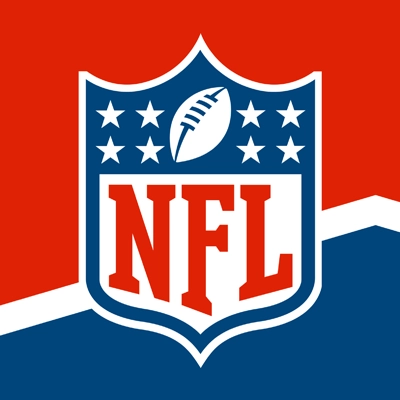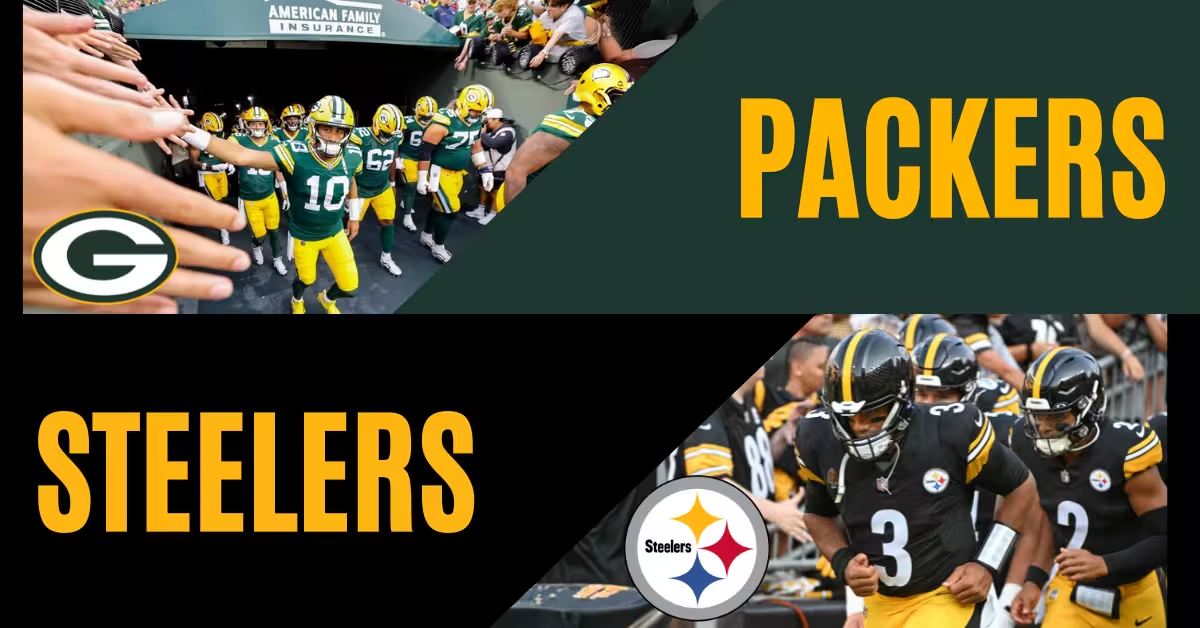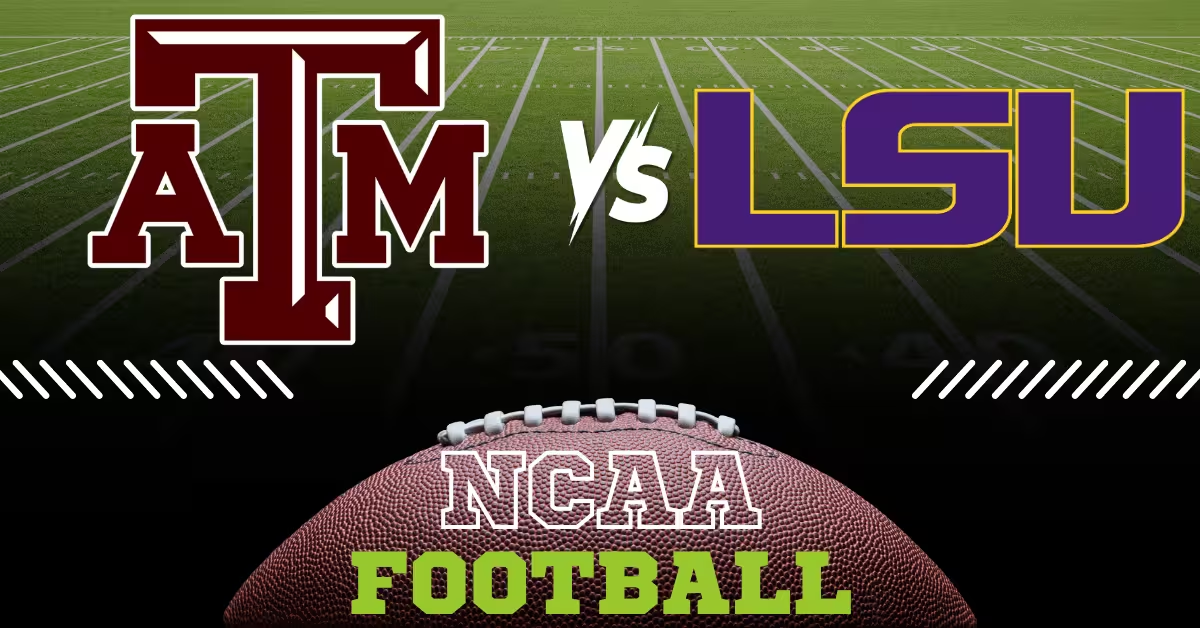What Is Implied Probability in Sports Betting? (And Why It Matters)

You’ve heard the expression “read between the lines,” right? Did you know that with implied probability, you can read between the odds in sports betting? You can!
The odds are more than the numbers that show you what a bet pays. They’re giving you clues as well, like how probable a sportsbook thinks that outcome is. They don’t just set lines for funsies. Oddsmakers are building in probability, risk, and margin. And if you know how to translate those odds into actual percentages? You can see what the book sees!
That’s all implied probability is—a way to take any set of odds and turn them into a number you can work with. Once you start using it, you’ll have a much better sense of if a bet makes sense, if the line offers value, and how often you have to win to break even.
We are gonna unpack the ins and outs of implied probability; what it means, how to calculate it for different odds formats, and how to apply it to your betting strategy. We’ll also go over real examples from recent games, show you how you can better spot value, and flag the common mistakes that trip up a lot of bettors!
What Is Implied Probability?
Implied probability is the percentage chance of something happening based on the odds that the sportsbook gives you. It’s not a guess or a feeling—it’s what the odds are really saying underneath.
If a team is listed at -200, that means the sportsbook believes they win about two out of every three times, or roughly 66.7%. If they’re +150, that suggests a 40% chance. Different odds, different expectations. What you’re doing is turning those odds into a percentage so you can compare it to your own prediction.
Why do sportsbooks care about implied probability? Because it’s how they build lines, and, of course, profit. The odds show what they think will happen, plus a little extra baked in to protect themselves. That extra? It’s called the vig, and it’s their margin. When you add up the implied probabilities for all possible outcomes in a market, it usually totals more than 100%. And that’s how they stay ahead.
It’s also why knowing implied probability matters for bettors! If the odds say that a team has a 60% chance to win but you think it’s closer to 70%, there’s value. You’ve found an opening between what the book thinks and what you believe. And that’s where smart bets are.
Look below for a cheat sheet that shows how common moneylines translate into implied probability:
| Odds (American) | Implied Probability |
|---|---|
-200 | 66.7% |
-110 | 52.4% |
+100 | 50.0% |
+150 | 40.0% |
+200 | 33.3% |
Once you know how to convert odds into percentages, it’s so much easier to see if the numbers make sense, or if the line is off just enough to be worth your money!
How to Calculate Implied Probability From Odds
To get the implied probability from any odds, you use a formula, and the formulas all depend on the odds format (American, decimal, or fractional):
- Decimal odds: Implied % = 100 ÷ (Decimal odds).
- Example: Odds of 2.50 mean 100/2.50 = 40.0%.
- Example: Odds of 2.50 mean 100/2.50 = 40.0%.
- American odds (positive): Implied % = 100 ÷ (Odds + 100) × 100.
- Example: +150 means 100/(150+100)×100 = 40.0%.
- Example: +150 means 100/(150+100)×100 = 40.0%.
- American odds (negative): Implied % = Odds ÷ (Odds + 100) × 100 (using the absolute value of the number).
- Example: –150 means 150/(150+100)×100 = 60.0%.
Putting these formulas into practice looks like this:
- Negative odds: odds / (odds + 100) × 100 = implied probability
- Positive odds: 100 / (odds + 100) × 100 = implied probability
This reference table can help you visualize the most common conversions:
| Odds (American) | Implied Probability | Odds (Decimal) | Implied Probability |
|---|---|---|---|
+100 | 50.0% | 2.00 | 50.0% |
-100 | 50.0% | 1.50 | 66.67% |
+150 | 40.0% | 3.00 | 33.33% |
-150 | 60.0% | 1.20 | 83.33% |
+200 | 33.3% | 2.50 | 40.00% |
-200 | 66.67% | 1.25 | 80.00% |
The conversion shows that decimal 2.50 is 40.0%, and American +200 is 33.3%, and it works out the same as the formulas above. If you’re comfortable with fractions, the fractional odds formula is (denominator/(numerator + denominator))×100. But in the U.S. markets, you’ll mostly use decimal or American. The important thing is always to double-check the math so you know exactly what chance the odds imply.
Why Implied Probability Matters to Bettors
If you’ve ever looked at a betting line and wondered, “Is that actually a good price?”—you’re l halfway there to getting why implied probability matters!
Once you translate odds into a percentage, you’re not hypothesizing anymore. You’re comparing. You can see if a line reflects reality, or if it’s skewed just enough to give you an edge. That’s how sharp bettors spot value.
The following is how implied probability helps:
- It lets you measure value so you can directly compare the odds to your own projected probabilities. If there’s an imbalance, you might have yourself a +EV bet.
- It exposes mispriced lines. Not all sportsbooks nail the number. If you’re tracking line movement or working with your own models, you’ll see the places where the market is off.
- It helps find positive expected value (+EV) bets. Instead of randomly betting on underdogs or favorites, you’ll be betting where the math says you’ve got an advantage.
- It cuts out emotion. No more betting based on instinct or team loyalty. You’re backing the numbers, not the narratives.
- It opens up strategies like arbitrage and hedging. When you know how to read probability across multiple books? You can find holes and use them to your advantage.
If you’re trying to bet more seriously, this is one of the most important tools you can add to your playbook. Odds give you more than payouts; they give you good insight. And implied probability is how you read it.
Implied Probability vs. True Probability
Ok, this part is really interesting. Implied probability tells you what the sportsbook thinks the chance of something happening is, including their built-in margin. True probability is what you believe the real chances are, based on your own analysis.
And these two are rarely the same.
If a sportsbook sets odds at -150 on a team, it implies a 60% chance of winning. But maybe you’ve done your homework and dug into matchups, injuries, weather, historical trends, and you think it’s closer to 68%.
That difference really matters. You know that they’re underestimating the team. That’s where the value is!
Here’s a side-by-side to show how that would play out:
| Implied by the Book | Your Estimate | |
|---|---|---|
Odds | -150 | N/A |
Implied Probability | 60.0% | 68.0% |
Bet Size | $100 | $100 |
Payout if Right | $66.67 | $66.67 |
Expected Value | — | +$6.67 |
That extra 8% edge turns what looks like a standard bet into one with positive EV. It might not seem like a lot, but over hundreds of bets? It adds up.
How to Use Implied Probability in Your Betting Strategy
Once you know how to break down odds into implied probability? You aren’t just reacting to lines—you’re evaluating them. You aren’t randomly guessing which team feels like the better pick. You’re comparing what the book is saying to what you believe will happen.
Below is how to put it into practice with your betting strategy!
Value Betting
The most direct use of implied probability is to spot value, aka bets, where you think the real chance of winning is higher than the odds suggest.
Start by calculating the implied probability from the odds. Then, compare that to your own estimated probability for the same outcome. If your number is higher? You’ve found a bet with potential value!
Use this formula to check:
- Value = (Your estimated probability × odds) – 1
If the result is positive, you’ve got a bet worth considering. Here’s a quick example:
• The odds are +150 (which implies a 40% chance).
• You believe the team has a 50% chance of winning.
• Decimal odds of +150 = 2.50Now plug that in:
• (0.50 × 2.50) – 1 = 0.25, or +25% expected value
That’s a good bet on paper!
Bankroll Management
Implied probability also helps you figure out which bets you should pass on. If the odds imply a higher chance than what you believe is realistic, it’s probably not worth your money. Betting into low-value markets, even if they’re favorites, is how you burn through your bankroll.
Use implied probability as a filter. If a line doesn’t make sense after the math? Pass. You’re not trying to bet more, you’re trying to bet better.
Live Betting Adjustments
Live betting moves fast, and odds are updating in real-time. Implied probability is a good way to hone in without distractions.
If you’re watching a football game and a team’s odds change from -150 to +110 after a turnover, the swing changes the implied probability from 60% down to 47.6%. If you think the market is overreacting, and the team still has, say, a 55% chance to win? There could be value there.
You can apply the same logic to props, cross-sport parlays, and player markets. Instead of chasing bets because they “feel right,” pay attention to the numbers that tell you where the edge is.
Examples: Implied Probability in Action
The best way to make implied probability concrete is to see it in action! Below are three examples of games and their odds

NFL
In Week 10 of the 2024 season, the Panthers beat the Giants 20–17 despite being big underdogs. New York was installed at –275 on the moneyline (implying about a 73.3% chance), and Carolina was +220 (about 31.3% chance). The odds suggested the Panthers had only a ~31% likelihood of winning. But they pulled off the upset.
If a bettor had risked $100 on Carolina (+220), the profit would have been $220 (for a total payout of $320). This shows you how implied probabilities frame an upset, and how punters can see the value in taking the points or the moneyline if they disagree with the odds.

NBA
On Jan 2, 2024, the Charlotte Hornets beat the Sacramento Kings, even though Charlotte was a 15.5-point underdog. At the time, the Hornets were +1300 on the moneyline (about a 7.1% implied chance), meaning that a $100 win bet would pay $1,300 profit. Despite the long odds, Charlotte won the game. The huge upset boldly underlines that a low implied probability doesn’t mean an impossible outcome; it just means a big payout if you’re right.
Different Books, Different Odds
Odds are different from sportsbook to sportsbook, which changes the implied probability.
FanDuel had Jacksonville at +176 (36.2% implied) vs. BetMGM at +165 (37.7% implied). That 11-cent difference in the moneyline? It changes the implied chance. If you believe Jacksonville has, say, a 40% true win probability, the FanDuel line would give positive expected value, and the BetMGM line would not. Watching multiple books (FanDuel, DraftKings, BetMGM, etc.) lets bettors hunt for advantages by spotting the odds discrepancies.
Across the above examples, the formula holds: implied probabilities turned large betting lines into clear percentages. In each case, the underdogs had low implied chances (around 7–36%) but still won. When you compute the implied odds, you are able to quantify just how much of a surprise an upset was.
5 Common Mistakes Bettors Make with Implied Probability
Even if you understand implied probability, there’s still a big margin for error! The following are the most common mistakes bettors make.
Ignoring the Vig/Overround
A really common error is forgetting that the implied probabilities sum to more than 100%. This book edge means you can’t treat implied probabilities as “true” chances. Always remember that the excess percentage is the sportsbook’s cut.
Mixing Formats Incorrectly
Be really careful converting! Using the wrong formula for the wrong odds, like treating American odds as if they were decimal, will give you garbage. Double-check: use 100/(decimal) for decimal odds, and the formulas above for American.
Not Shopping for Odds
Different books (FanDuel, DraftKings, BetMGM, etc.) all offer slightly different odds, and not comparing them can cost you value. Even a few cents on the dollar changes the implied probability by a percentage point or two.
Overvaluing Implied Probability
Remember that implied probability is based on the bookie’s assessment plus vig—it’s not your personal evaluation. For that reason, implied probability ≠ true probability. Don’t confuse the two, and always use your own judgment when you have an advantage in knowledge.
Ignoring Context
Odds are always changing because of injuries, weather, or betting volume. Always use the current odds when calculating implied probability. Old odds (like early-season futures) might not show the latest info!
Tools That Help You Calculate Implied Probability Instantly
You don’t have to be a mathematical whiz to run the numbers or mess with formulas every time you check a line. There are tools that do it for you!
We have our own Betting Odds Calculator. Just drop in American, decimal, or fractional odds, and it’ll instantly show you the implied probability, potential payout, and profit. Doesn’t matter if you’re checking a single line or comparing across sportsbooks—it saves time and eliminates errors.
And if you’re building a full-on strategy, you can use that in combination with our AI-powered betting pick tools. They estimate true win probability based on team stats, market movement, and historical trends. Then you can compare your number to the sportsbooks and see where there’s an edge.
We have more tools that will help your strategy on our Sports Betting Tools page! Here’s what they include:
- The Odds Converter / Implied Probability Calculator
- Expected Value Calculator
- Line Shopping Tools
- AI Predictions
- Parlay Value Breakdown
If you’re really serious about betting with data, our tools should be a part of your regular routine!
Conclusion: Don’t Just Bet—Bet with the Math on Your Side
Every set of odds tells a story, but they aren’t written in plain language. Implied probability helps you translate those stories into something you can use, like how confident the sportsbook is, how much margin they’ve built in, and where there might be an opening.
You aren’t chasing longshots or fading the public. No, you’re measuring value with numbers and building a strategy around percentages, not guesstimates. And that’s how you build a real betting strategy! It’s all in the math.
Here’s a brief recap of all things implied probability and how it works in sports betting:
- Odds show you how likely an outcome is, according to a sportsbook.
- You can break any odds format into implied probability using simple math.
- Comparing that to your own projections helps you find underpriced bets.
- Using calculators and tools keeps your process clear and consistent.
- When you use implied probability, you’re betting with a plan, not just reacting impulsively or emotionally.

Alyssa contributes sportsbook/online casino reviews, but she also stays on top of any industry news, precisely that of the sports betting market. She’s been an avid sports bettor for many years and has experienced success in growing her bankroll by striking when the iron was hot. In particular, she loves betting on football and basketball at the professional and college levels.








